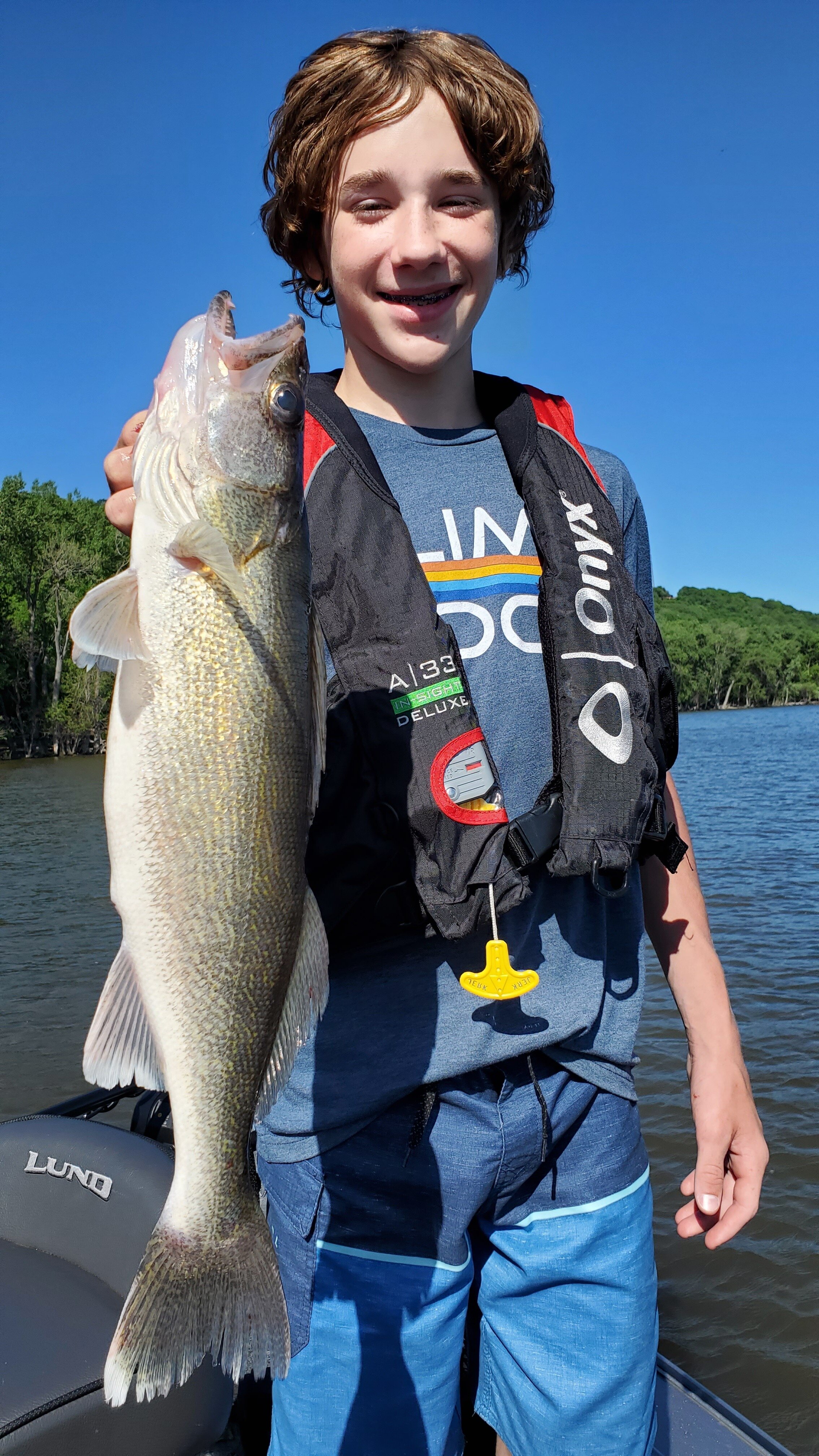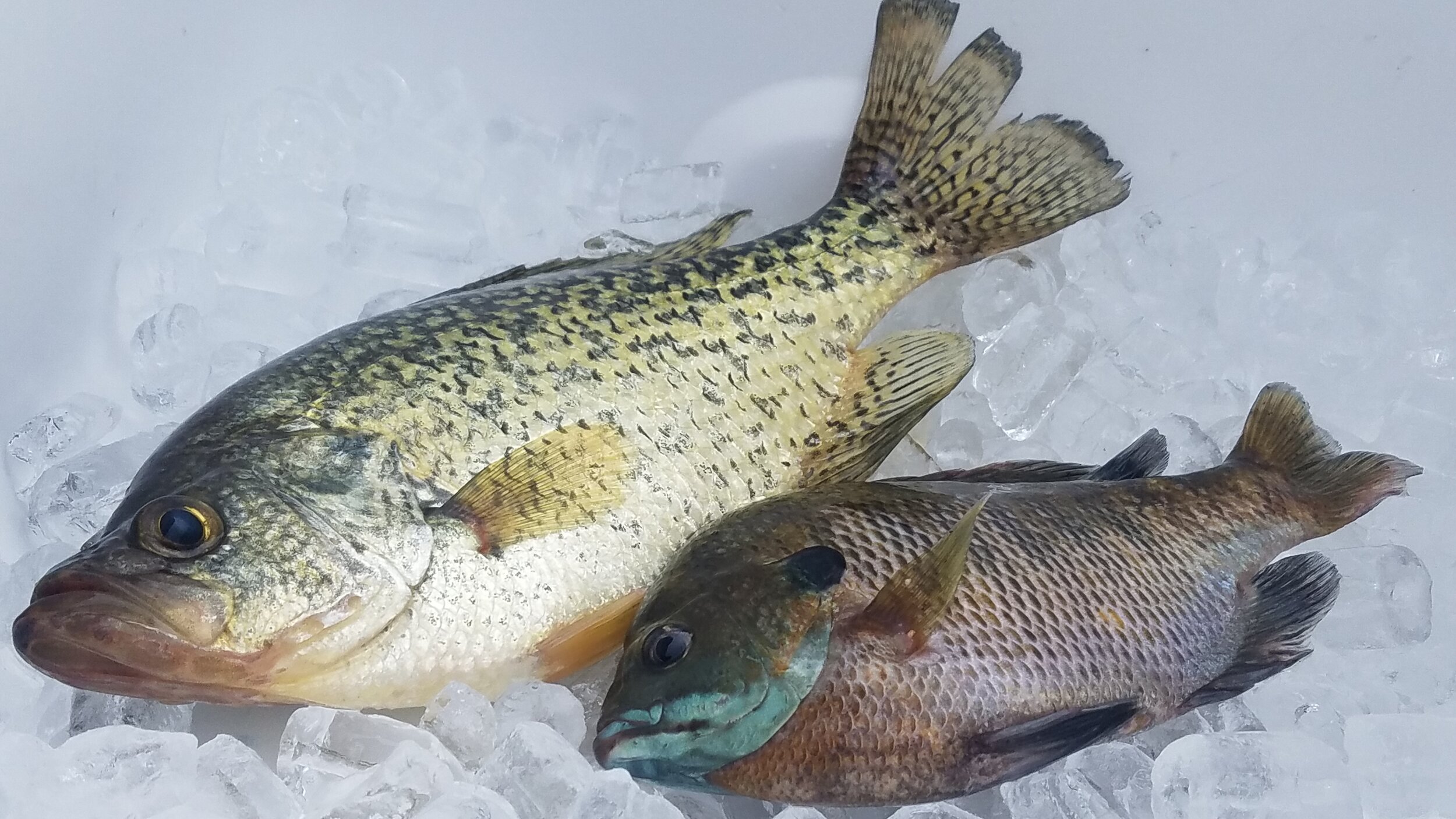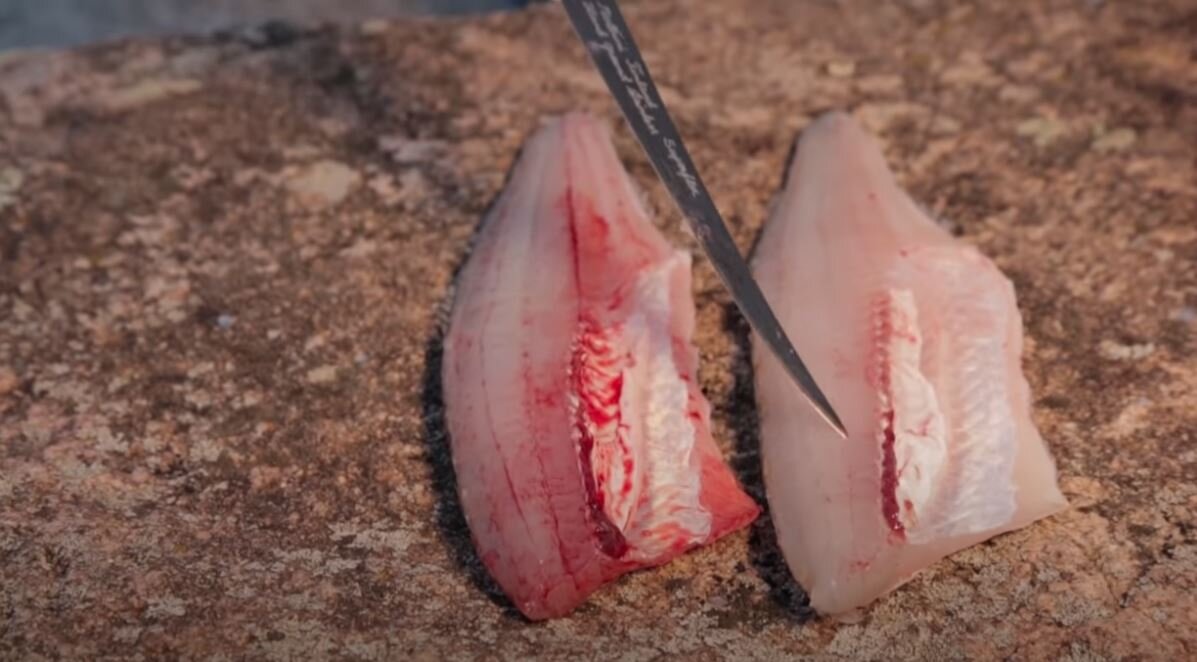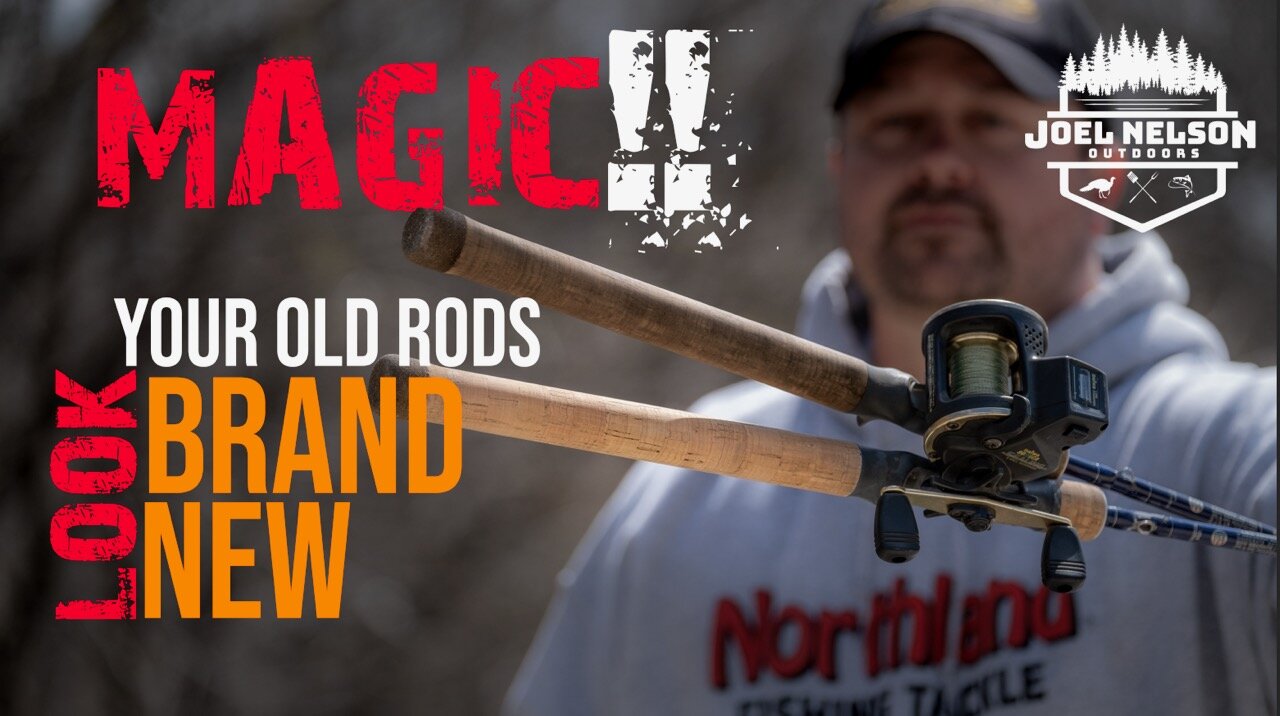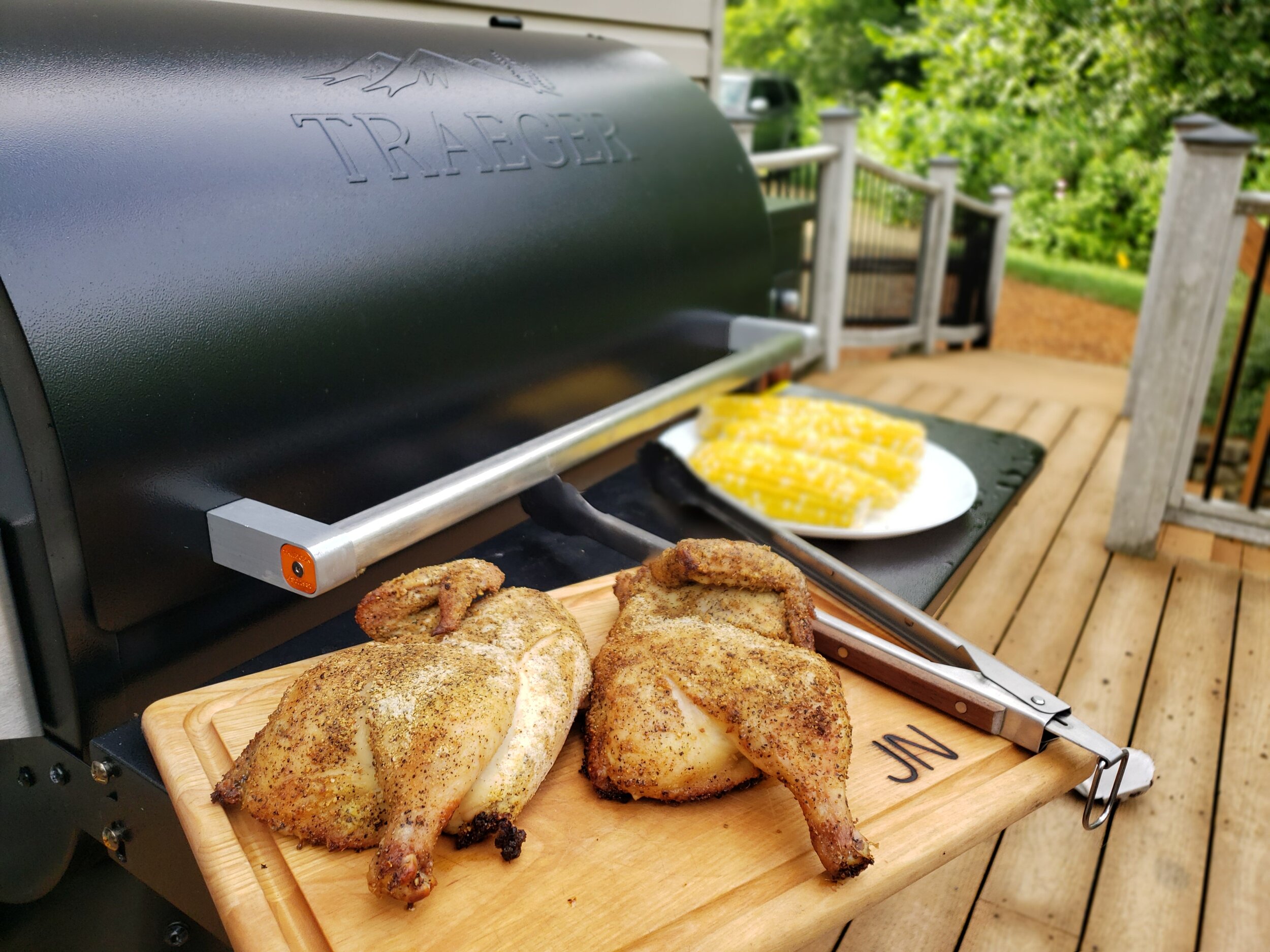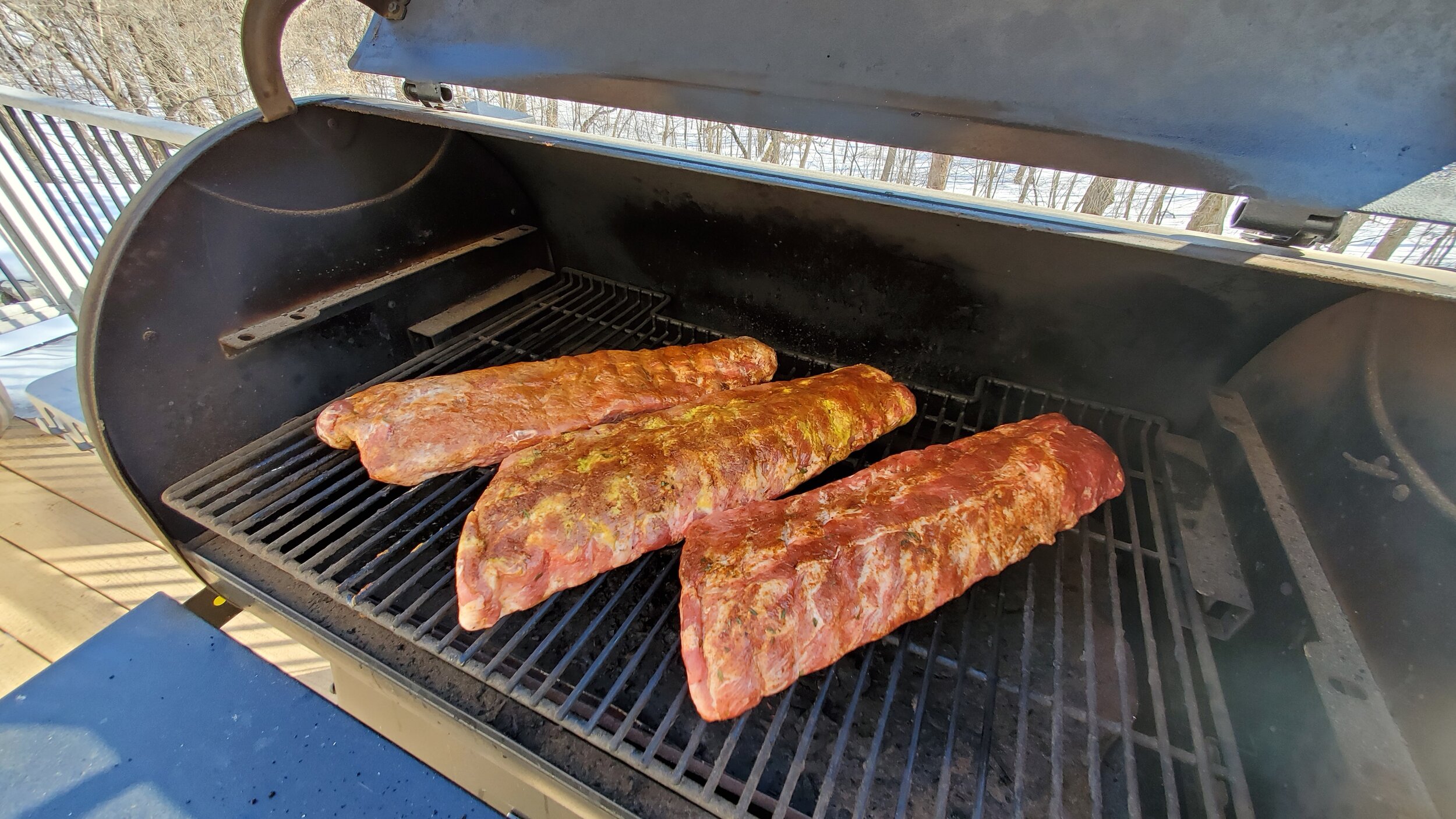We were trolling Lake Pepin for walleyes a few weeks ago, which is believe it or not one of my boys’ least favorite types of fishing, even when the bite is “on.” This particular day, it was most certainly not, but the wind was right, the water color was brown, and levels were up where they needed to be. I simply knew that if we trolled long enough, we’d luck into a few fish and probably catch plenty of other species to keep them excited. So despite the overall lack of morale in the boat, we trolled on.
Hours later, with plenty of sauger, walleye, white bass, sheepshead, and even a small pike hitting the back of the boat, the kids had a “meh” day. Not because we didn’t catch fish, including a nice kicker ‘eye, but because it took too long. The rods weren’t constantly bending. Worse, my boys and a friend had to continually maintain near-bottom contact, free snagged lures, and generally pay attention. I’m happy we could finally get some fish, and show them some action, but to be honest, I don’t think they cared. Despite my very best efforts and preparations, they had way more fun jumping off the boat near the beach and swimming the last two hours of the day. I had to drag them out of the water and back to the ramp.
It's a lesson I’ve lived and re-learned so many times, I could never keep count. We (by “we” I mean “me”) take our children fishing, hoping to excite them with the experience, while clinging to childhood memories we still have. The result is often a frustrated father and kids that are somewhat incredulous to the time and efforts their parents put into trying to make it fun, while often, failing miserably. That day on the water, we should’ve quit an hour or two earlier and focused on swimming more than the fishing. Again, I know better, but am hoping that by re-accounting my own adventures, it might strike a chord with other parents and grandparents looking to help their kids have fun fishing. Here’s what I’ve learned, and need to be reminded of from time to time.
Swimming is a great distraction and trip-extender, leading to a better day on the water for kids and parents alike.
The younger the children in question are, quite simply, the more you’ll need in the boat to keep them busy. When our boys were younger, that meant a heavy dose of snacks, drinks, and minnows to play with. It also meant their own tacklebox, including baits with no hooks for a time. Just like at home, they preferred to play with anything but the toys you have on hand. That meant scissors, pliers, expensive rods, and whatever else the grownups were handling, so don’t be surprised if they dive right in to that gear. A pet on the boat when possible is a great diversion for kids, as are fish you stuff in the live-well. They can find a thousand reasons to quit fishing and check out what you’ve already caught, which makes basic techniques that catch-anything, a really great way to get kids interested in fishing.
Boats to kids can be like a prison after awhile. They’ve explored the space, played with what they’re able to, and in minutes to hours, can feel like they’re trapped rather than trolling. That makes beaching the boat and exploring, even at the landing, that much more important. If there’s some public ground, a beach, or even just something cool happening in the shallows, take the time to share it. Let them check out turtles, play with frogs, and try to fish off the dock. Speaking of, dock fishing (from the dock) could be my children’s favorite type of fishing. They can run up and down it, fish a larger area, and drop the rod to swim or play whatever, whenever. That freedom at least for my kids has always been much more important than catching fish.
Now that my boys are older, ages 13 and 15, they’ve got much more patience for the fishing portions of the trip. They can handle a few hours in the boat, and on good days, maybe even go the entire time. That said, the very same things they enjoyed as young kids, they enjoy today. Whether it’s checking out a fish in the livewell, pounding all the snacks I can haul in a boat over the first 15 minutes of the day, or trying to catch turtles so they can check them out a little closer. That kind of thing can be tough for dad or grandpa to take, as so often fishing is about timing. Time of day, locational timing, and the perfect pass or cast that’s fouled or missed before the opportunity has passed.
On the last trip, the only moments I missed or let past were the ones I should’ve yielded more to them. Some white bass were busting the surface near a shallow point, and rather than continue to troll walleyes (we just boated a 20”er), I continued on. Big fail dad. While I don’t know that we would’ve caught them, I certainly have in those situations before, and it’s a great time. Like I said, though I’ve learned this lesson may times over, it’s good to keep reminding ourselves why they come out to fish in the first place.
Kids don’t have the same illusions and prejudice we have for certain species, presentations, experiences, or the way it’s “supposed to be.” They just like bending a rod and feeling a tug on the line. When they’re tired, they lose interest. When they’re hungry, they want to eat. When the sun is hot, and sometimes even when it’s not, they’d rather be in the water. A fish on the line is cool, but so is admiring the one they just caught in the livewell. As my kids grow older, the balance is definitely moving heavier on the fishing end, but there’s no need to try and make pros out of them just yet. If and when they want to fish more seriously, someday they can take that up and I’ll certainly oblige. Until then, I’ll keep remembering to let them be kids and enjoy whatever part of the experience speaks to them most, if you do too.

